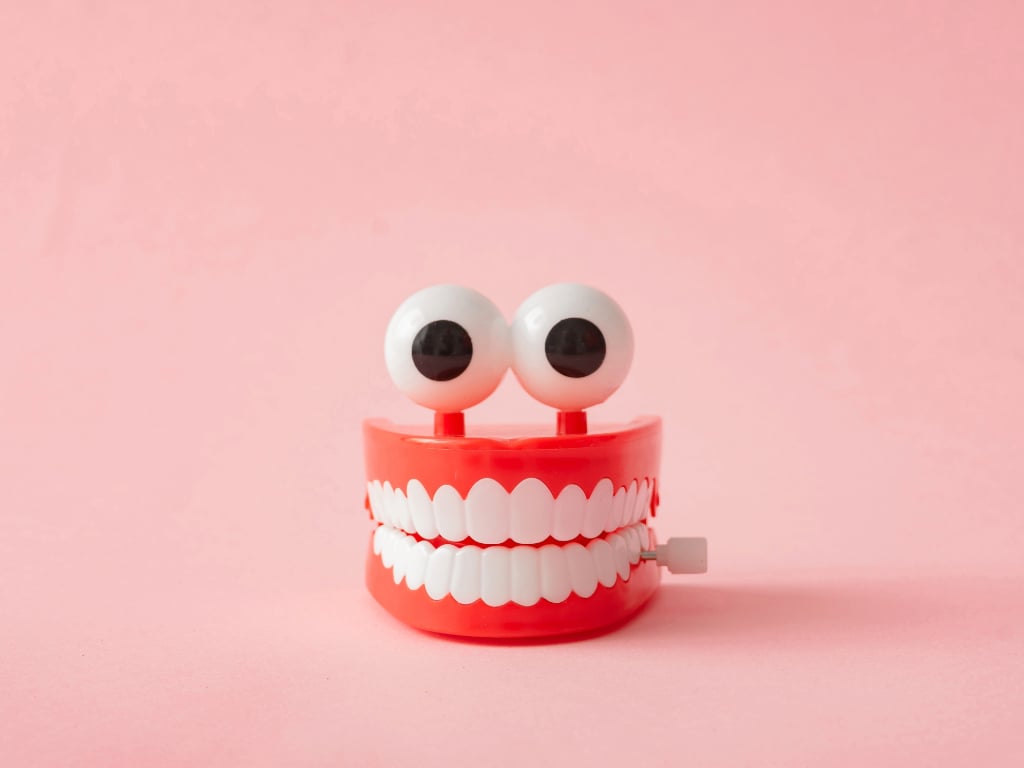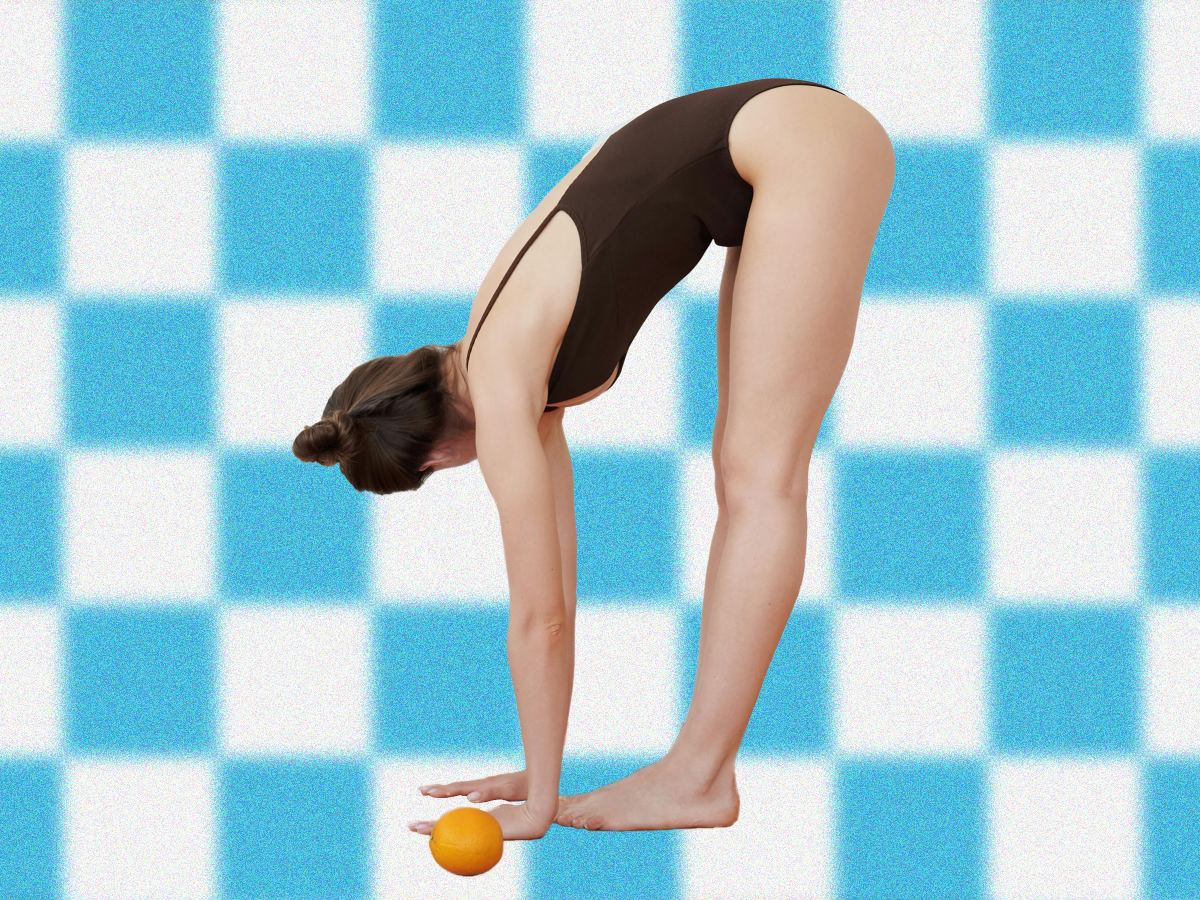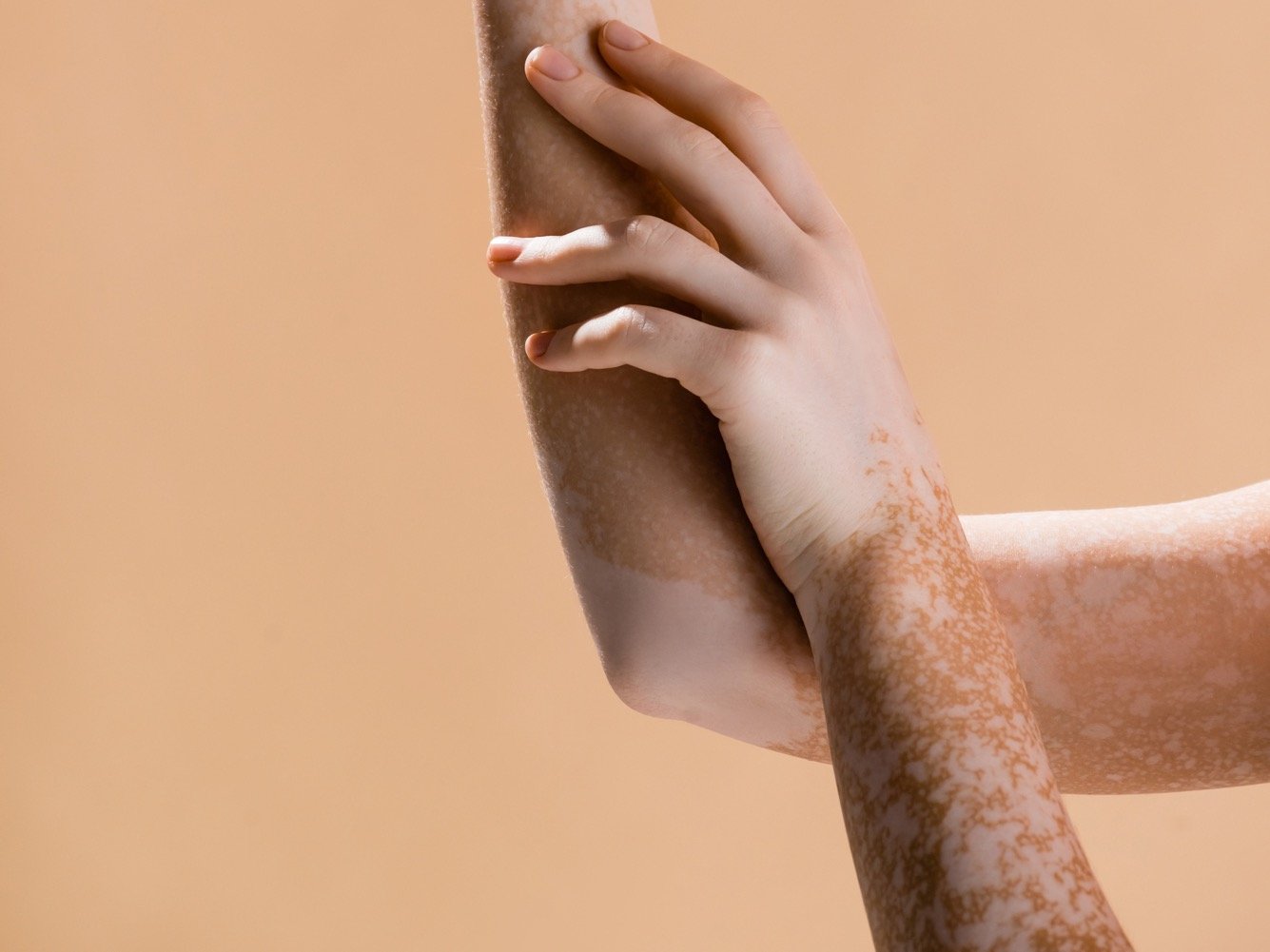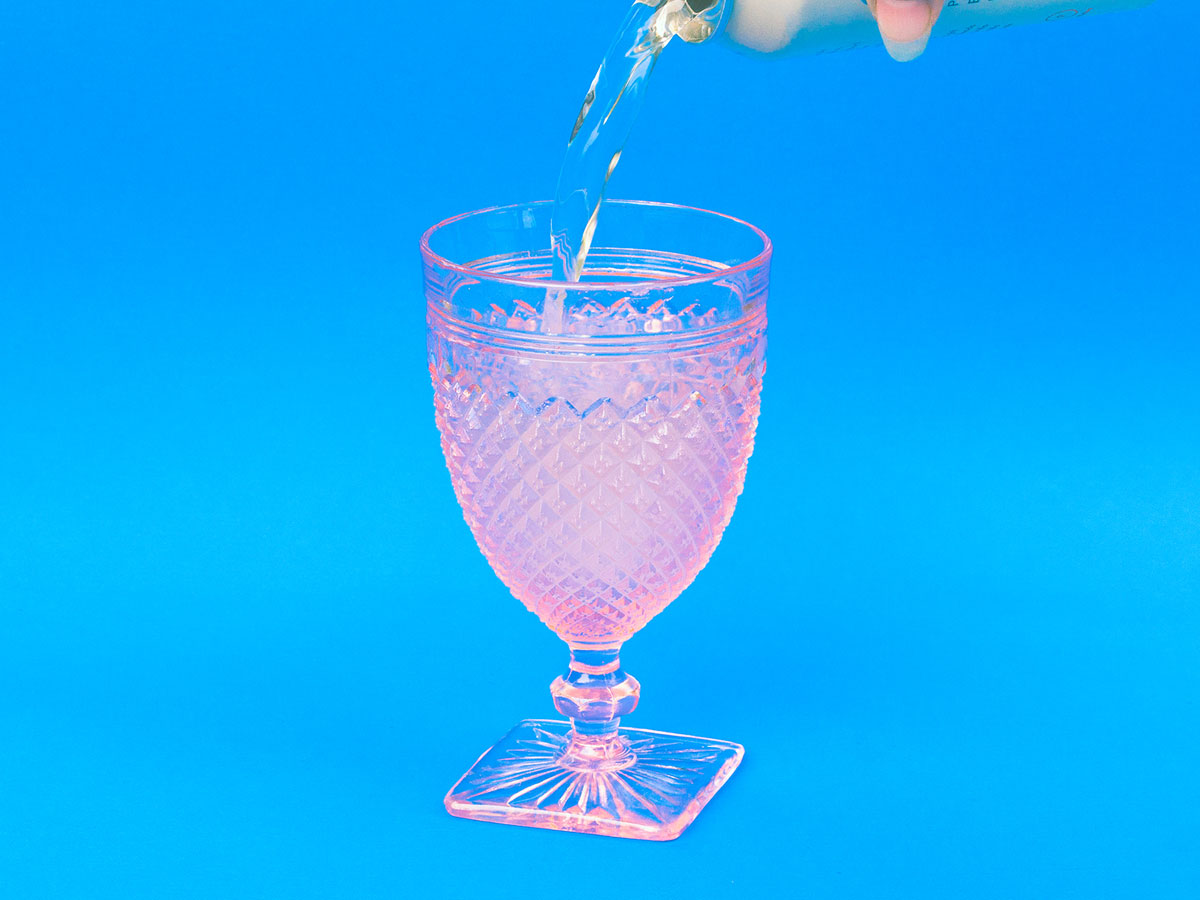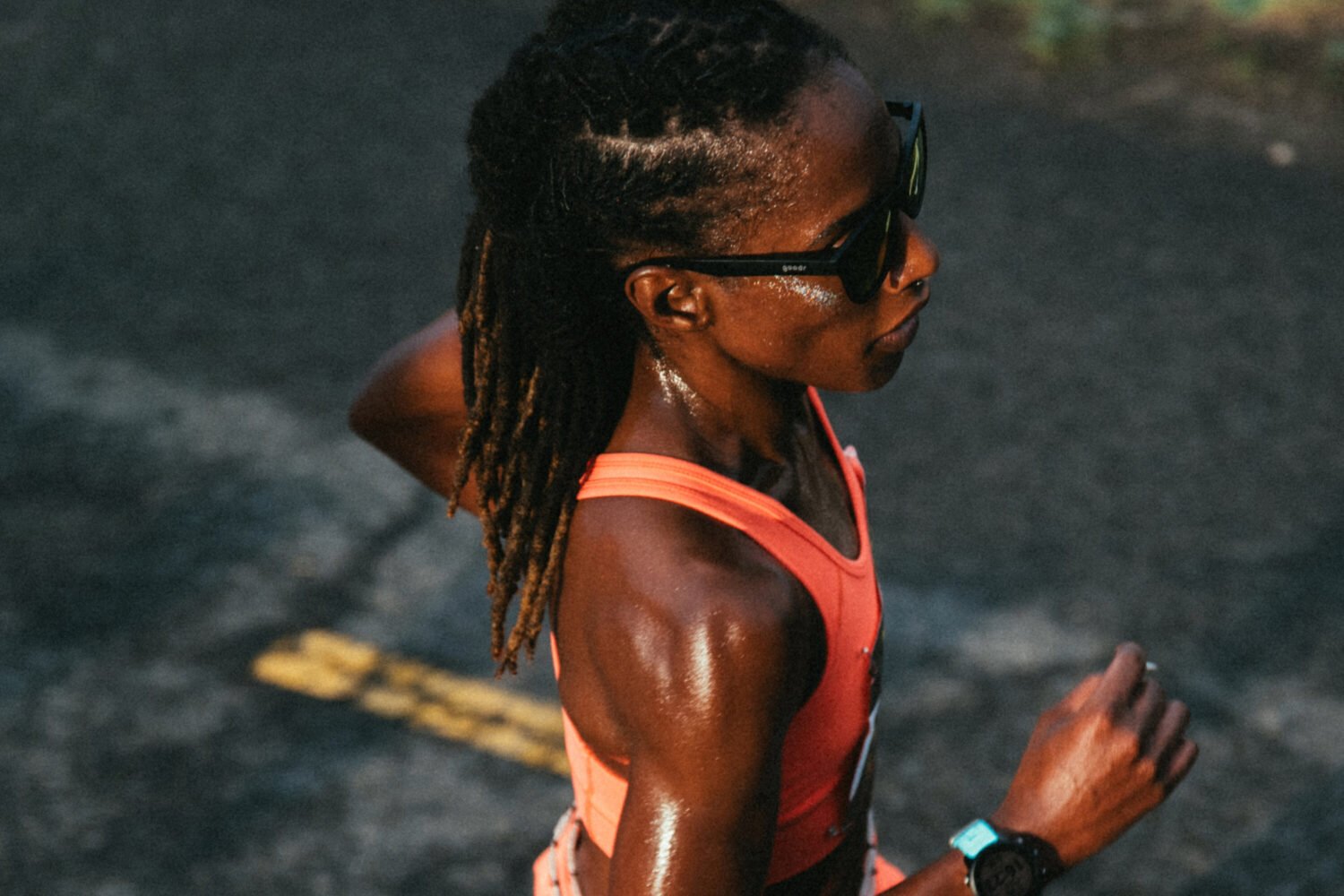A majority of injuries suffered by adolescents occur from participation in sports. According to a recent article in Contemporary Pediatrics, sports injuries are the leading cause of traumatic brain injuries among 15-to-24-year-olds. Concussions, in particular, represent almost 9 percent of all high school sports injuries.
Another growing problem is the mental trauma that can arise from stress and unrealistic expectations placed on adolescent athletes by coaches and parents. According to an NCAA study, only about 5 percent of high school athletes will go on to play their sport in college, and even fewer are likely to go pro.
So what are the risks of physical and mental injury faced by high school athletes? And what preventative measures can be taken? We ask three local experts for their perspectives.
Dr. Jeffrey L. Hanway is the vice chief of the Division of Orthopaedic Surgery and Sports Medicine at Children’s National Medical Center, where he specializes in spinal deformity surgery and complex pediatric reconstructive surgery. Hanway is a 2010 Washingtonian Top Doctor.

Participation in sports provides many benefits to children, teenagers, and adults. Sports provide opportunities to learn life lessons, such as how to work together toward a common goal, follow directions, and balance multiple priorities—not to mention the importance of physical fitness. However, every sport carries risks, some more than others.
As you would expect, athletes who play contact sports like football and lacrosse are more likely to suffer head injuries or fractures, but that’s not to say there aren’t risks that come with other sports. I have treated high-performing swimmers with shoulder injuries, and baseball pitchers with elbow injuries related to overuse.
There’s a growing trend of kids concentrating on a single sport at a younger age, instead playing a variety of sports each season. This has the potential to increase an athlete’s risk for overuse injuries. It’s important that coaches, trainers, and parents are aware of the signs and symptoms of these injuries. Prevention is also key, so one-sport athletes need to be sure that proper cross-training is occurring.
Some injuries can be particularly tricky to manage in young athletes, like growth-plate injuries. It’s important for children with these types of injuries to be seen by pediatric specialists because the care can be different from what’s required for adults, who have finished growing. To ensure a full recovery, children with growth-plate injuries require careful medical management.
Then there are some injuries that aren’t as easy to diagnose. Unlike a fractured leg, where the injury is visible, concussions can’t really be seen. Kids used to be told to “tough out” injuries like hard hits, but we now know it’s best to immediately remove a kid from the field of play when a head injury is suspected. Children’s National runs a concussion program for children and teens, and we know that rest is the key to a full recovery. That includes rest from the sport, as well as from other activities such as reading and homework.
Despite these risks, I still believe the benefits of playing sports are great. I encourage kids to play sports. And I encourage parents, schools, and coaches to be aware of the risks and to know how to manage problems when they arise.
Joseph V. Spelta is the director of sports medicine and head athletic trainer at Georgetown Preparatory School.
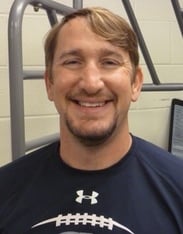
The increasing popularity of “overspecialization” and year-round training programs undoubtedly leaves the adolescent athlete at a greater risk for both physical and mental injury.
Today, high school athletes are bigger, faster, and stronger than they were 15 or 20 years ago. Along with these increased characteristics comes an increase in the severity and complexity of the injuries they sustain. It is not uncommon for teenage athletes to spend more time on the athletic field, court, or weight room honing their skills than they do in the classroom or at home. You could easily change the phrase “student athlete” to “athlete student.”
Many times, when we look at a child’s physique, he or she gives the appearance of a fully developed adult. But children’s bodies, as well as their brains, are in a constant state of growth and development, and it is here that overexposure to physical or mental stress can take its toll. They are playing sports year-round, which means they are performing the same repetitive movement patterns over and over. This leaves the adolescent athlete at risk for a multitude of overdevelopment and compensatory-related injuries, which manifest themselves in a variety of muscular and skeletal disorders that can become chronic due to the demands of the athlete’s particular sport.
Traumatic injuries, such as concussions, fractures, and joint injuries that cannot be foreseen or prevented, can leave an athlete sidelined for weeks to months. This can have negative effects both physical and psychological effects.
Additionally, the rising cost of higher education has put even more undue stress on adolescent athletes and their families. Students see the possibility of earning an athletic scholarship as a way to help defray the cost of attending college. Parents and athletes spend countless hours and financial resources on travel teams, special coaches, and showcase events in the hopes of catching the eye of a coach from a top-tier program—on top of participating in the regular school team. The reduced recovery time between practices and competitions, along with the elevated level of training, dramatically increases the possibility of becoming injured.
Quite often, an adolescent’s identity is based upon participation in a particular sport. When an injury is sustained, whether it is caused by overuse or by a traumatic event, it can be devastating to the child’s mental health because he or she can no longer do a favorite activity or contribute to the team. The real concern should be what these athletes are doing in addition to participating on their high school teams that leaves them predisposed to physical and mental injury.
Neal Bowes is the director of Simply Performance Group, based in McLean. He is a certified consultant of the Association for Applied Sport Psychology and a member of the American Psychological Association. Bowes has provided psychological support to local, Olympic, national, and professional athletes.

The key question to consider is, Are young athletes psychologically ready for the demands of high school sports? The issue is not the sport itself; more so, it is the type of practice environment high school athletes are exposed to. If the environment is work-like, punishment-based, and overfocused on winning, psychological issues will likely emerge. We should question many of our assumptions about high school athletes. Athletes are punished for mistakes and are asked to run “suicides” for not meeting unrealistic coach expectations. They are often treated like professional athletes, even though recent NCAA statistics predict that 99.9 percent of all high school athletes will not become professional athletes and fewer than 10 percent will progress to competitive college sports. Often, winning is deemed to be more important than developing as players (and as people).
Warning signs that athletes are not psychologically ready or are struggling to meet the demands of the high school sports environment include anxiety about competition, weak confidence with frequent highs and lows, inability to deal effectively with setbacks, loss of emotional control, loss of motivation, and in more-extreme cases, burnout from the sport. These negative effects are unfortunately common experiences for many high school athletes.
Sports psychology research has shown a strong understanding of the issues of competitive sport and guidance in developing appropriate training and competitive environments for young athletes. Primarily, all coaches and parents should remember that children, including adolescents, are not mini-adults, either physically or psychologically. Therefore, training environments should focus on skill development, enjoyment, and learning how to compete. Strong coaching environments teach athletes how to cope with winning and losing, to recover from setbacks, and to correct mistakes.
Exercise should never be used as a form of punishment for mistakes, losses, or coming last in a practice. Balanced coaching environments, where competing and developing as players (and people) are equally important, allow young athletes to flourish and be competitive. John Wooden, a former basketball coach at UCLA and Indiana State University, is one example of a coach who has demonstrated the success of this approach.
Support is also available for coaches and athletes who are dealing with the psychological pressures of an appropriate competitive environment. Certified consultants of the Association of Applied Sport Psychology (AASP) have the specific training and knowledge to create optimal learning environments for athletes. They can also teach athletes a number of psychological skills, such as coping with failure, dealing with setbacks, building robust confidence, developing mental toughness, and using goal setting to self-define learning and development.
High school athletes’ experience should be a positive, rewarding one. Let’s make it that way.







